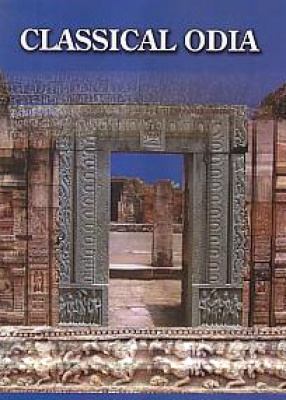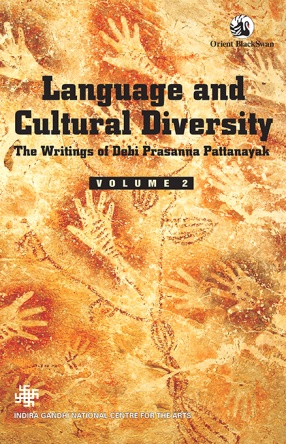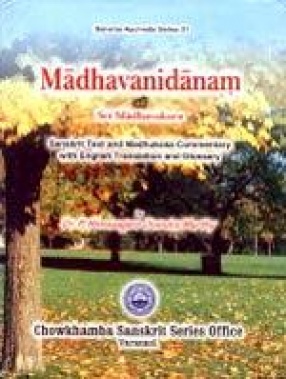Multilingualism in India is a challenging and stimulating study of the nature and structure of multilingualism in the Indian subcontinent. India, with 1652 mother tongues, between 200 and 700 languages belonging to four language families, written in ten major script systems and a host of minor ones, represents multilingualism unparalleled in the democratic world. With a multitude of communities, its multilingualism matches its pluriculturalism. The articles in this book discuss sociology, psychology, pedagogy and demographic aspects of multilingualism. They bring out some of the salient problems of literacy in a multilingual world and give a language planning perspective. The volume ends with a discussion on language and social identity. In a multilingual country like India, many languages are mutually supportive and complement one another. Identities are layered and larger identities encompass the smaller ones without absorbing them. The unique social document will appeal equally to linguists, social scientists and educators, while offering new insights to all those interested in differences among social groups and how communication in different settings unites them. It will enable the reader to enter into the classroom, a tribal home, and contexts in which multilingual discourses take place, in order to understand the many deeply ingrained language habits, values, and attitudes of India.
Classical Odia
$144.00
$160.00






There are no reviews yet.